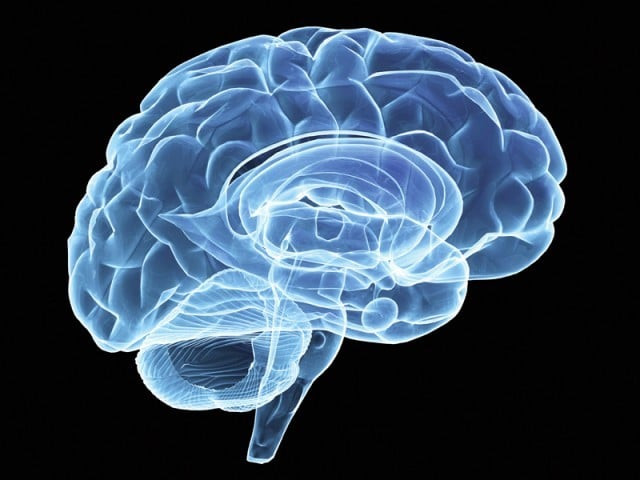New brain-computer interface converts thoughts to images
Brain-computer interface market is expected to reach $3.7 billion in revenue by 2027

Researchers at the University of Helsinki used artificial intelligence (AI) to create a system that uses signals from the brain to generate images of what the user is thinking.
“To the best of our knowledge, this is the first study to use neural activity to adapt a generative computer model and produce new information matching a human operator’s intention,” wrote the Finnish team of researchers.
Previously researchers had limited success with brain-computer interfaces; the brain was able to perform pre-established actions such as two-dimensional cursor movement on a computer screen or typing a specific letter of the alphabet.
Contrary to the traditional method which uses a computer system to interpret brain-signals linked with stimuli to model mental states, researchers at the University of Helsinki have created an artificial system that can imagine and output what a person is visualising based on brain signals.
Google to pay publishers $1 billion over three years for their news
With the help of a generative adversarial network (GAN), researchers were able to create novel information from a latent representation of input space.
GANs allow machines to imagine and create their own novel images and since the brain activity is used to adjust the latent space to provide an unlimited output of possible samples.
Participants were instructed to passively watch images and mentally focus on the images that match certain criteria as their brain activity was recorded by a non-invasive electroencephalogram (EEG).
Further, they were asked to finish eight facial category recognition tasks by focusing on faces that matched the categories of smiling, not smiling, blond or dark hair, young, old, female, or male.
7 personal safety apps for women
A classifier separated the brain responses in the testing set based on the criteria of relevant or irrelevant images and the vectors of relevant images were fed to the intention model which generated a visualisation of the mental target.
Hence it was concluded that the neural reactions parameterise an intentional model can be used to produce images to illustrate a person’s perceptual categories.
Then the computer-generated images were evaluated by the participants for validation.
The worldwide brain-computer interface market is expected to grow over the next seven years at a compound annual growth rate (CAGR) of 15.5 percent to reach of USD 3.7 billion in revenue by 2027 according to Grand View Research, reports Psychology Today.
Startups such as Kernel, Paradromics, and NeuroPace also are trying to exploit advancements in material, wireless and signaling technology to create devices similar to Neuralink. In addition, medical device giant Medtronic PLC produces brain implants to treat Parkinson’s disease, essential tremors, and epilepsy.
Recently Elon Musk’s neuroscience startup Neuralink unveiled a pig named Gertrude that has had a coin-sized computer chip in its brain for two months, showing off an early step toward the goal of curing human diseases with the same type of implant.
Despite the advancement in implantable brain chips, there is a risk that the devices could be hacked for malicious intentions.



















COMMENTS
Comments are moderated and generally will be posted if they are on-topic and not abusive.
For more information, please see our Comments FAQ